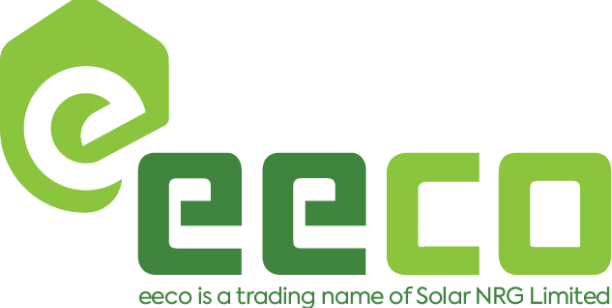Homeowners and business owners may benefit significantly from switching to solar Energy because of the substantially reduced energy usage and associated expenditures. In recent years, solar energy has increased use to power homes and businesses as solar technology has become more widely available and affordable. Solar power has the potential to significantly lessen the world’s dependence on nonrenewable, dirty, and unreliable fossil fuels.
Long-term savings may be realized via solar energy systems for houses, drastically reducing or eliminating the need for monthly energy costs. Homeowners that install solar energy systems also benefit from a rise in their property value and a more environmentally friendly source of electricity. Solar energy systems are a great marketing tool for companies since they may save operating expenses and show that the company cares about the environment.
Standard solar energy systems include solar panels, inverters, and mounting gear. The solar panels collect the sun’s rays and convert them into usable electricity, which the inverter then transforms into AC power for use within a building. The meetings are fastened to the ground or roof using mounting hardware.
Evaluating energy needs and potential savings.
The viability of a solar energy system for households and businesses may be determined by first assessing energy demands and possible savings. An energy audit determines typical energy use and identifies potential improvement areas.
By predicting energy demands based on historical use data and considering future energy needs and growth estimates, one can appropriately scale a solar energy system to meet the property’s energy requirements. Knowing how to estimate solar energy output based on geography and weather patterns, as well as considering the orientation and tilt of solar panels, is also essential.
Estimating energy savings, understanding the impact of electricity rates and inflation on potential savings, and considering the payback period and return on investment are all critical factors in calculating the potential savings from a solar energy system to determine the system’s financial viability. Climate and weather patterns, property size and location, existing energy efficiency measures, and local restrictions and incentives for solar energy systems are additional considerations when assessing energy requirements and possible savings.
Understanding your current energy usage and costs
It would help if you had technical energy measurement and cost estimation knowledge to comprehend your energy consumption and expenditures. Kilowatt-hours (kWh) are the standard unit of measure for energy consumption; they are calculated by multiplying the power input (in kW) by the time input (in hours). If you use a gadget with a 1 kW power rating for 10 hours, its energy consumption will be 10 kWh.
Your energy bills can break down your usage into monthly or billing cycle increments, allowing you to reduce your current energy use. This data can uncover patterns in energy use and isolate the most energy-hungry appliances and gadgets. You may track your energy use and find places to save costs by using the real-time data provided by smart meters from certain utilities.
Knowing how electricity prices are determined is essential to comprehending your energy bills. Time of day, weather, and geographic location may all affect the cost of electricity. Electricity tariffs often comprise a set charge (such as a monthly service fee) and a variable amount (depending on energy usage). Your monthly energy bill may be approximated by multiplying your actual kWh use (before taxes and levies) by the standard residential power rate. Knowing how much money you spend on Energy now can help you estimate how much you can save by changing your energy consumption habits or converting to renewable energy sources like solar.
Calculating the potential savings of a solar energy system.

Technical factors determine the economic benefits of building a solar energy system. Assess the location’s solar energy potential before starting. That depends on local weather, solar panel angle and orientation, and surrounding shadow-casting objects. This information estimates annual solar energy output in kWh.
To calculate energy savings, you can assess solar energy output. You can use past and predicted energy consumption data to estimate energy use if a solar energy system is not built. We may estimate the solar energy system’s impact by subtracting the expected solar energy output from this base energy need.
Solar energy system cost reductions should include offsetting Energy and electricity. Location, time of day, and consumption can all affect the pricing of electricity, which is typically charged per kilowatt-hour (kWh). Multiplying Energy neutralized by electricity cost yields a solar energy system’s potential savings.
Consider your solar power system’s cost. That includes the initial investment and ongoing expenses like equipment replacement and maintenance. Compare the predicted savings against the system’s expenses and calculate the payback time and return on investment to determine the solar energy system’s financial feasibility.
Finally, home and business solar energy systems may reduce carbon footprints and save money. Nevertheless, energy needs and savings potential determine the profitability of a solar energy system. Solar energy generation, energy usage, and electricity prices are technical aspects that affect savings and ROI. Understanding these factors can help households and companies choose solar energy systems and reap their benefits.


